
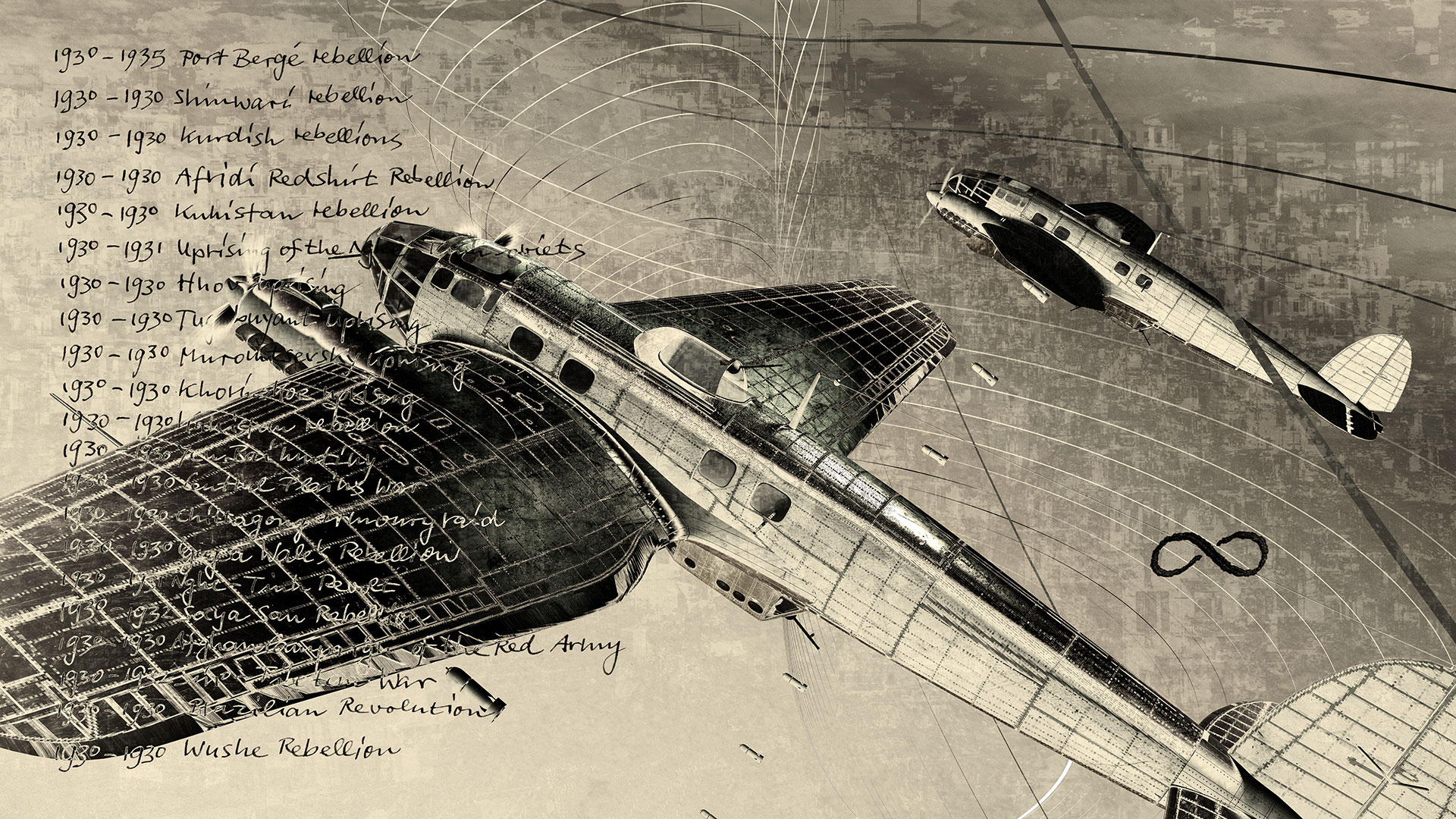
The present work is protected by copyright in all its parts.
© 2022 by Heinz Hermann Maria Hoppe.
All rights reserved.
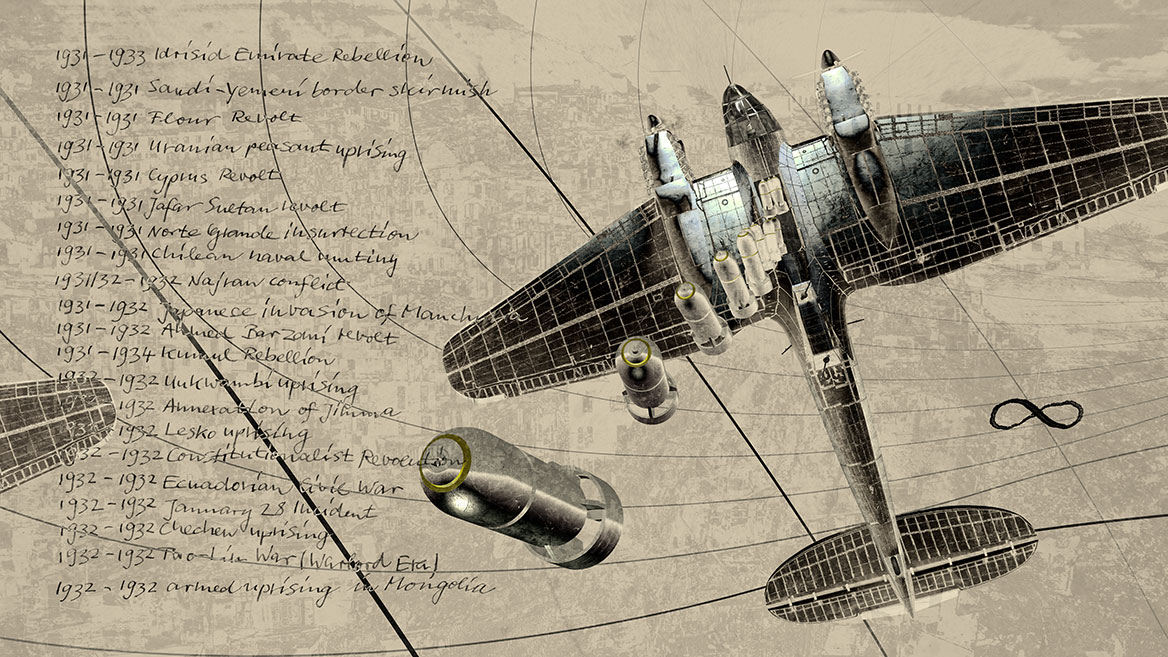
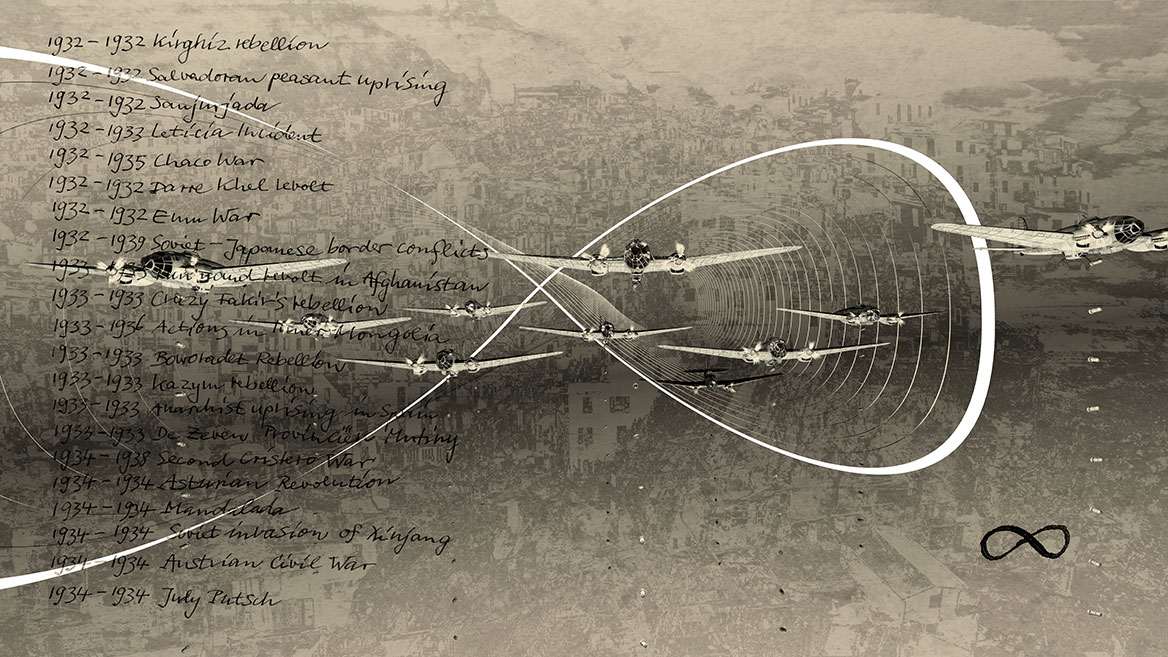
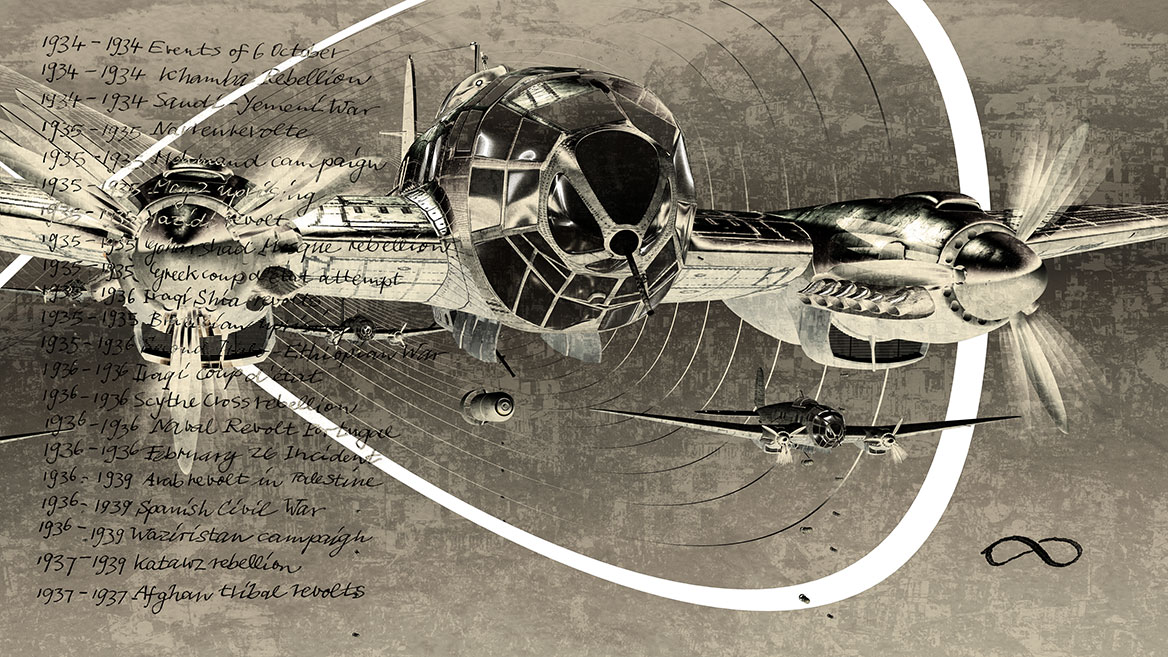
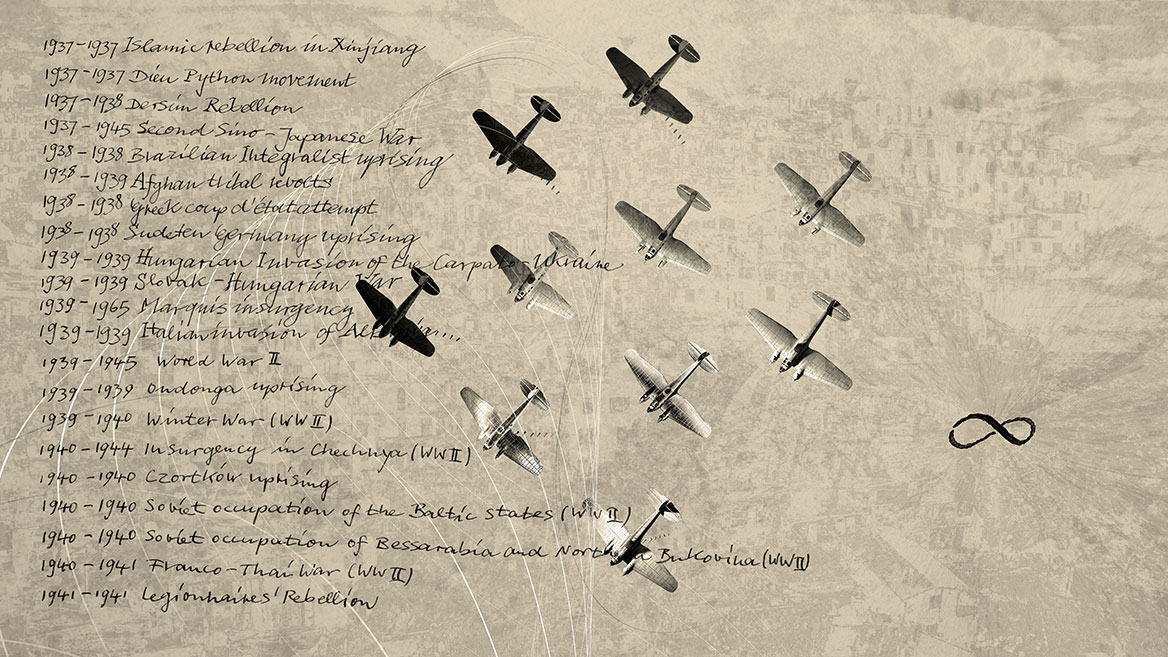
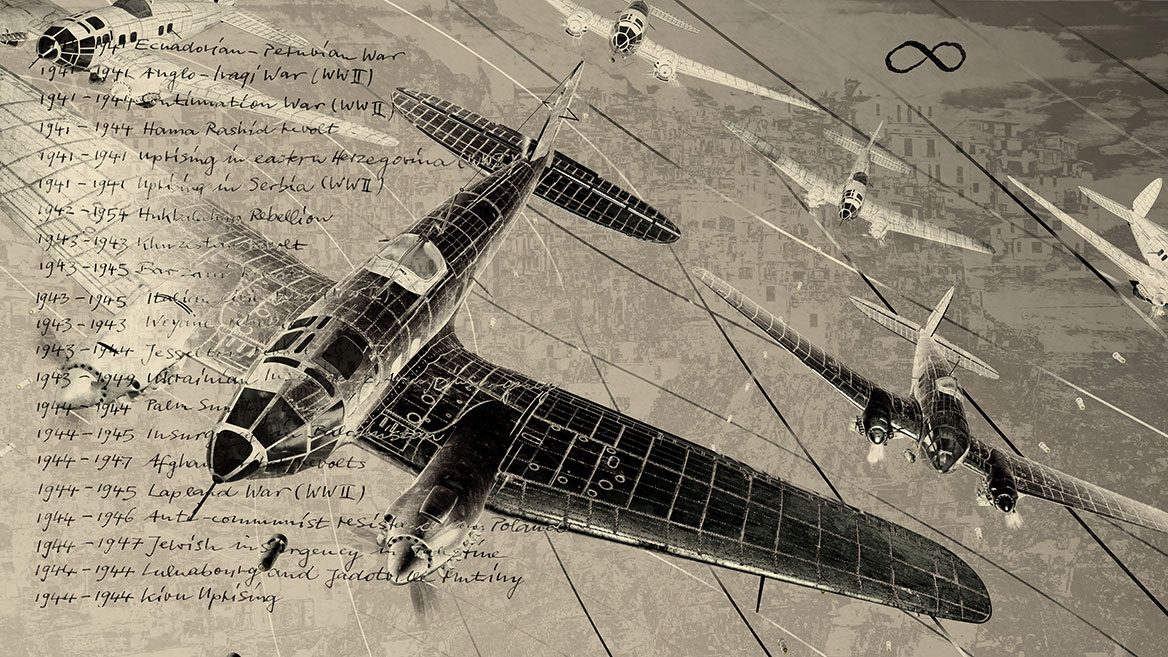
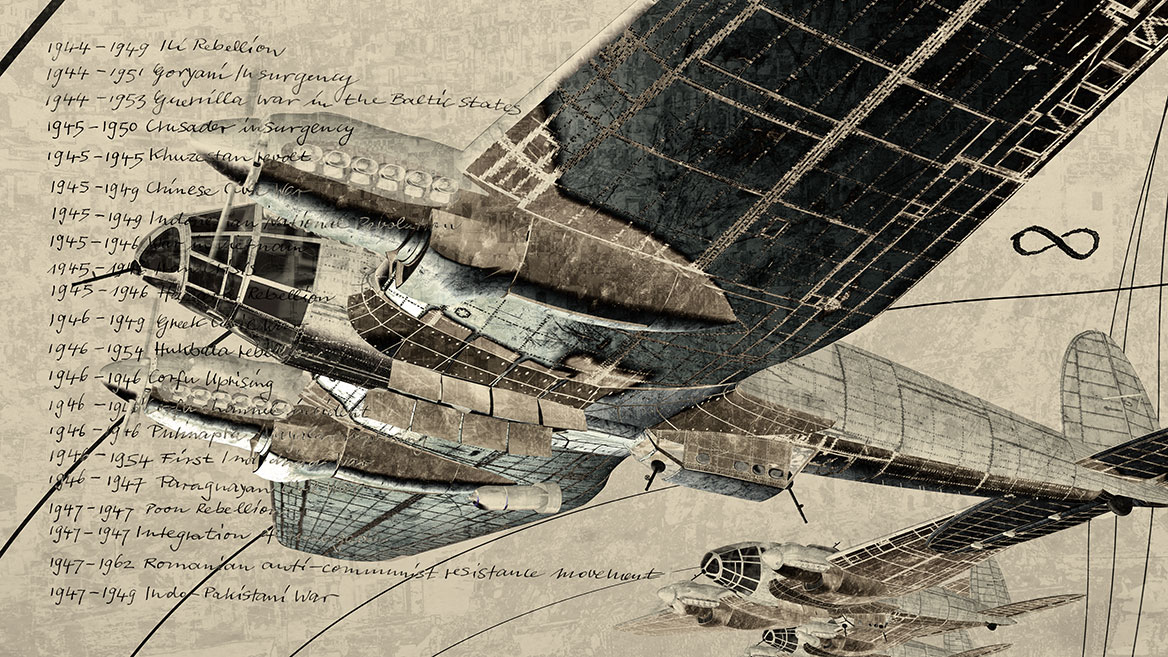
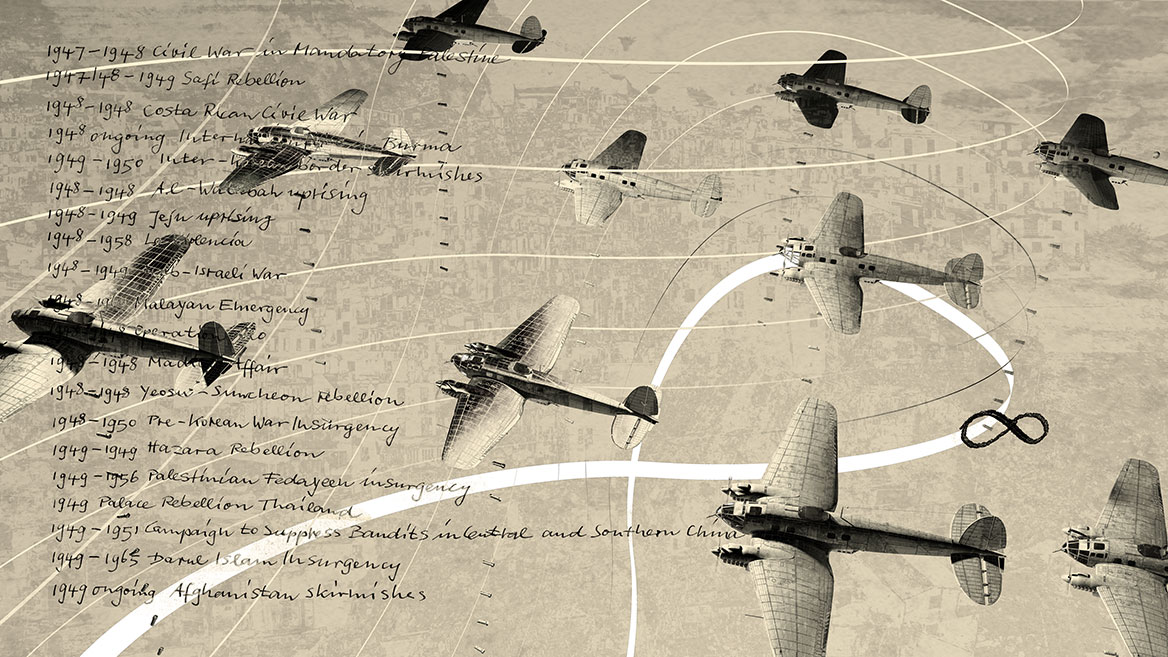
Comment
Author: Heinz Hermann Maria Hoppe
The titles of specialist literature on the topics of war history, military technology, propaganda, tyrannies, genocides, flight and expulsion, imperialism, death and misery as a result of violent conflicts seem endless. Historians, peace researchers, sociologists, political scientists and psychologists discuss discuss discuss historiography, strategies and statistics.
On the other hand, enormous resources of life time are invested in ingenious developments – for ever more destructive weapon systems. Armament companies achieve incredible profits – with machines for extermination. Societies invest gigantic sums of tax money, which are otherwise urgently needed for constructive projects – in technologies for destruction.
So one arms oneself again, to the invasion, to the appropriation of desired country, to the provocation, to the assurance of the possibility of mutual extinction – and to the natural counter-defense, to the imposed fight for survival. Highly bred fighting machines collide and crush between them, already again or still, ‘human material’ that ‘has lined up’ to ‘neutralize’ each other. The experiences and the memories of the indescribable suffering in two world wars are not enough to untie the Gordian knot of violence. The appeal of military awards remains strong.
Escalations remain interwoven and complex, but have we examined the patterns subtly enough? What about ideation processes for de-escalation? Are we engaged in thinking about alternatives to confrontation and interdisciplinary linkages for a new generation of solutions? Are we exhausting all possibilities for peacekeeping, or are efforts exhausted in wreath-laying ceremonies at memorial services, handshakes for press pictures, and preserving safe zones for the airs and graces of powerful egomaniacs? Are politicians sufficiently trained in nonviolent communication? Are diplomatic procedures innovative, or are we basically still negotiating as we did 100 years ago? Are we researching peacemaking processes with generous ‘peace budgets’ at least as large as those for defense technology? Could ‘Artificial PeaceIntelligence’ and ‘Big PeaceData’ increasingly analyze state interests and the complex interdependencies in order to forecast conflict hotspots and potential dangers and to propose unusual niche solutions?
The dilemma of affected civilian populations is often not being able to distinguish the true situation from home-made propaganda. Despite the Internet and social media, people often do not know what they can believe and what they should believe. In the ‘Third Reich’, listening to enemy radio stations was punishable by death because the leadership feared more enlightened Germans questioning the war of aggression. Why is it that today, in spite of global social media technologies, despotic propaganda of unjust regimes can still catch on to such an extent?
We are perfecting war machines, but we have no plan for a ‘peace machine’. We have not developed a higher-order set of tools that could nip conflict hotbeds in the bud on the basis of interlocking routines.
Will humanity remain trapped in the endless loop of wars?